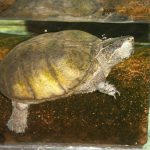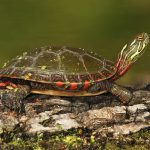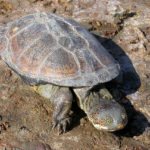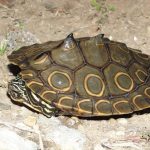Leatherback sea turtles are world’s largest living turtles and are the only extant species in the genus Dermochelys and family Dermochelyidae. The carapace of the species lacks bony shell and instead is covered by oily flesh and skin which differentiates it from other modern turtles. The shell looks leathery and hence its name.
| Kingdom |
Animalia |
| Phylum |
Chordata |
| Class |
Reptilia |
| Order |
Testudines |
| Suborder |
Cryptodira |
| Family |
Dermochelyidae |
| Genus |
Dermochelys |
| Scientific Name |
Dermochelys coriacea |
| Other Names |
Lute Turtle, Leathery Turtle |
| Size |
1.83–2.2 m |
| Weight |
250 – 700 kg |
| Color |
Dark gray or black carapace with pale or white spots; whitish to black plastron |
| Distribution |
Alaska, Norway, Cape Agulhas in Africa, southernmost regions of New Zealand, all tropical and subtropical oceans, Arctic Circle |
| Habitat |
Open ocean |
| Diet |
Mainly jellyfish, also feed on tunicates and cephalopods |
| Hibernation Fact |
Undergoes hibernation |
| Predators |
Adults fall prey to sharks, killer whales whereas the eggs and young ones are eaten by fishes, dogs, seabirds, raccoons, ghost crabs, monitor lizards, coats, coyotes, genets, mongooses |
| Breeding Season |
April – November |
| Mode of Reproduction |
Oviparous (egg laying) |
| Clutch Size |
65-115 eggs |
| Incubation Period |
Around 60 days |
| Reproductive Age |
6 to 10 years of age |
| Average Lifespan |
Around 45 years |
| IUCN Conservation Status |
Vulnerable |
Leatherback Sea Turtle Pictures Gallery
-
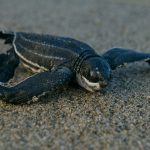
-
Baby Leatherback Sea Turtle
-
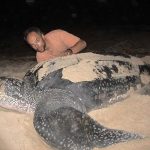
-
Biggest Leatherback Sea Turtle
-
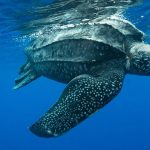
-
Dermochelys Coriacea
-
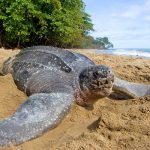
-
Giant Leatherback Sea Turtle
-
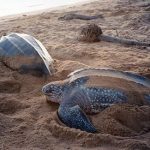
-
Images of Leatherback Sea Turtles
-
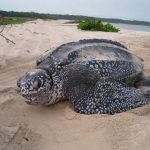
-
Largest Leatherback Sea Turtle
-
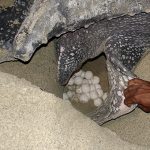
-
Leatherback Sea Turtle Eggs
-
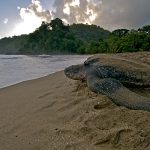
-
Leatherback Sea Turtle Habitat
-
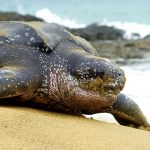
-
Leatherback Sea Turtle Images
-
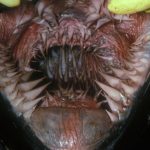
-
Leatherback Sea Turtle Mouth
-
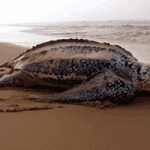
-
Leatherback Sea Turtle Pictures
-
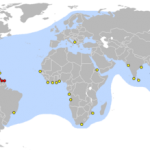
-
Leatherback Sea Turtle Range
-
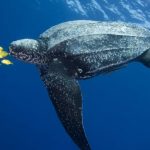
-
Leatherback Sea Turtle Swimming
-
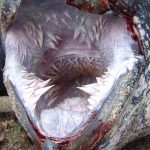
-
Leatherback Sea Turtle Teeth
-
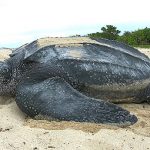
-
Leatherback Sea Turtle
-
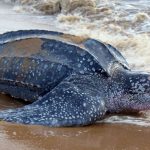
-
Leatherback Sea Turtles
-
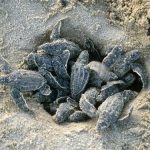
-
Pics of Leatherback Sea Turtles
-
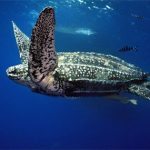
-
Pictures of Leatherback Sea Turtles
-
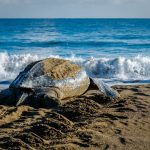
-
Sea Turtle Leatherback
-

-
Sea Turtles Leatherback
-
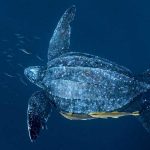
-
The Leatherback Sea Turtle
-
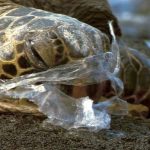
-
Leatherback Sea Turtle Eating Plastic Bags
-
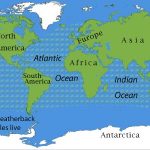
-
Leatherback Sea Turtle Map
-
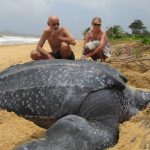
-
Leatherback Sea Turtle Nesting
-
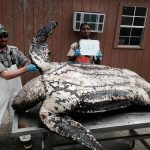
-
Leatherback Sea Turtle Size
-
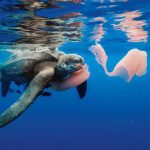
-
Leatherback Sea Turtle Diet
-
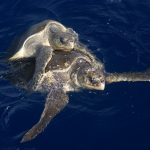
-
Leatherback Sea Turtle Mating





























